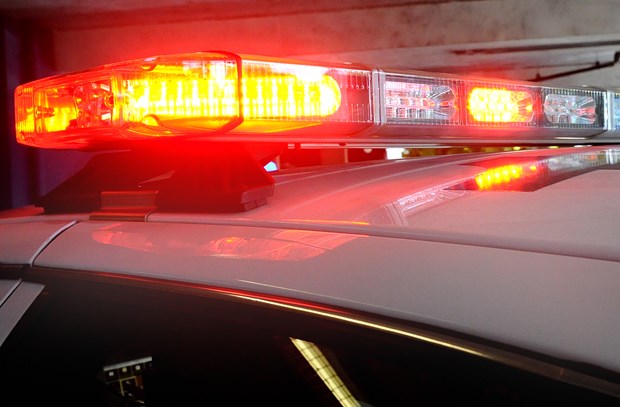If you’re driving and texting because you don’t see police on the horizon, think again. They might be able to see you.
That’s the idea behind a new long-range scope being tested out by one B.C. police department as part of an Insurance Corp. of B.C. pilot project.
ICBC has purchased two Laser Technology TruSpeed Sxb scopes for $17,000. They were handed over last week to a B.C. police department, although ICBC would not say which one.
When paired with an app and a bracket to connect to a smartphone, the scopes can capture a high-quality photograph of someone using a cellphone from a range of up to 610 metres, according to the U.S. company that manufactures them.
The photos could be used in court to uphold a ticket and potentially deter people from disputing a ticket in the first place, said ICBC spokeswoman Joanna Linsangan.
During the test this summer, officers will send offending drivers off with a warning instead of a ticket, she said.
Currently, traffic officers use telephoto lenses to take photos or long-range binoculars to put eyes on a driver using a cellphone, said retired Victoria police traffic officer Andy Dunstan.
It’s not always possible to photograph a cellphone-wielding driver, Dunstan said, and he’s concerned the new technology will prompt judges to expect photographic evidence when a ticket is disputed.
“If I say I saw a gentleman without a seat belt, it’s disputable by the driver but it should carry some weight [in court] because I’m a sworn officer, I’m sworn to tell the truth.”
Dunstan said the high price tag would make it difficult to roll out the technology across the province. “If every traffic cop gets one, it becomes unaffordable. I’m better off with my $99 scope and the court trusting what I saw.”
The pilot project is part of a suite of measures the B.C. government has undertaken to impose higher fines on bad drivers in an effort to reduce crash claims at ICBC, which is facing a $1-billion shortfall this year.
The government is enhancing red-light cameras so that they operate 24/7 and some of them will be programmed to catch speeders at crash-prone intersections. There are 140 red-light cameras across the province, including two intersections in Greater Victoria: Tillicum Road and Trans Canada Highway, and Shelbourne Street and Hillside Avenue.
Minister of Municipal Affairs and Housing Selena Robinson recently put municipalities on notice that the government plans to renegotiate the way traffic fine revenue is shared. Since 2005, the municipalities have received 100 per cent of net provincial traffic fine revenue.
In a letter to the Union of B.C. Municipalities, Robinson said the province wants a larger share of revenue generated from automated speed and red-light cameras. “Unlike violation tickets issued by a police officer, this expansion in automated enforcement and its associated traffic fine revenue does not require additional local government or law enforcement resources,” Robinson wrote in the letter.
“Government is not seeking any revenue in excess of what is required to recover the costs of operating these programs, including potential future capital and road safety costs,” the Ministry of Public Safety and Solicitor General said in a statement. “This will have no negative impact on the grants local governments currently receive.”
In a letter back to the province, Union of B.C. Municipalities president Wendy Booth said municipalities are concerned by any change to the traffic fine revenue agreement, pointing out the continued rise in policing costs.
Colwood Mayor Carol Hamilton, whose municipality is served by West Shore RCMP, said police salaries will likely rise as the RCMP looks to unionization.
“There’s a lot on the horizon and to chip away at this little bit doesn’t seem very productive,” Hamilton said.
B.C. Liberal justice critic Mike Morris said he thinks it’s “terrible” that the province wants to change the revenue agreement on red-light cameras. “Municipalities do a lot of work with that money, to try and cut down on accidents, and other public safety initiatives, crime prevention initiatives. So to change the rules halfway through, it looks like a cash grab from our perspective.”



